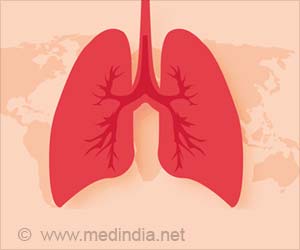Smoking is a chief cause of COPD, but a new study shows an alarming number of people being diagnosed with Chronic Obstructive Pulmonary Disease is a non-smoker.

‘Exposure to environmental pollution, industrial smoke, and household smoke are significant contributors for COPD among nonsmokers.’
Read More..




In the study, researchers in Nagpur, India, sought to describe the characteristics of nonsmoking patients with COPD and to determine associated comorbidities and exposures.Read More..
Researchers examined 180 nonsmoking patients with COPD between the years of 2016 and 2018. Each patient was categorized into either mild, moderate, severe and very severe COPD, based on their responses to Global Initiative for Chronic Obstructive Lung Disease (GOLD) guideline questionnaires.
In this cohort, the percentage of mild, moderate, severe and very severe patients were 26%, 53%, 58%, and 43%, respectively. The most common comorbidity among nonsmoker COPD was hypertension (34.4%) followed by diabetes mellitus (17.8%). Most of the patients (61%) lived in rural areas, while 38% belonged to urban areas. Forty-six percent of patients had exposure to biomass gas, while 26% had exposure to toxic gases.
These results support that exposure to biomass fuel is a major contributing factor to COPD and a higher risk among the rural population.
"Exposure to industrial smoke, environmental pollution, and household smoke are major contributors for COPD in nonsmokers," says Dr. Sameer Arbat, lead researcher.
Advertisement
Source-Eurekalert














